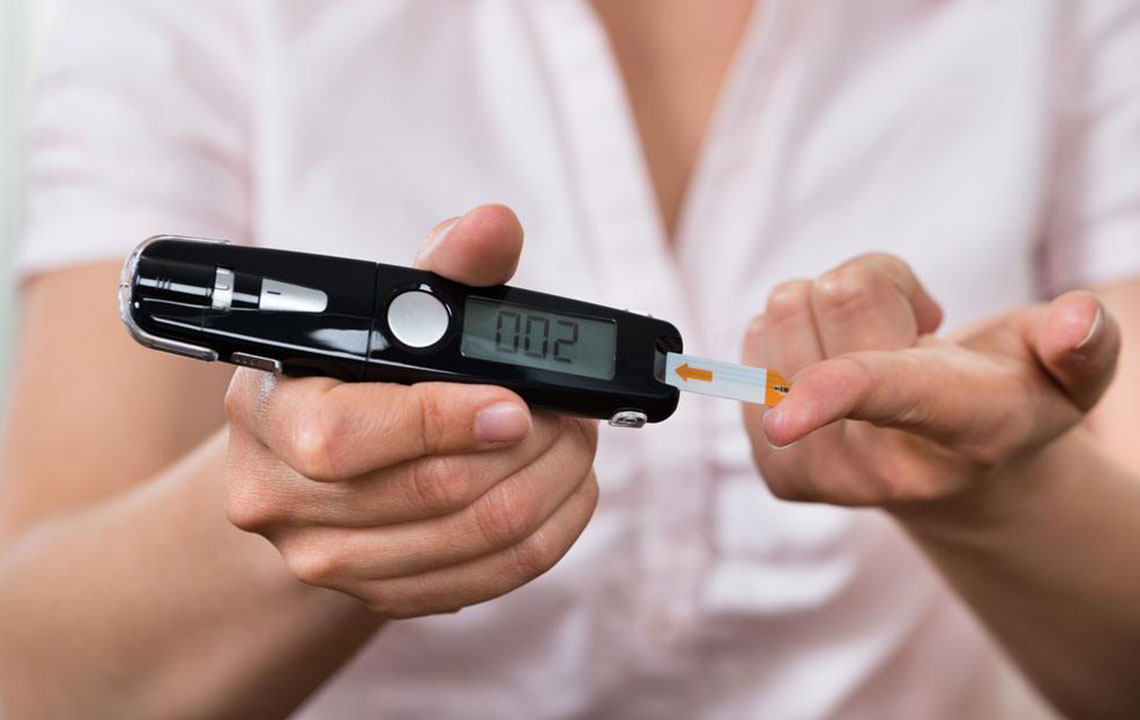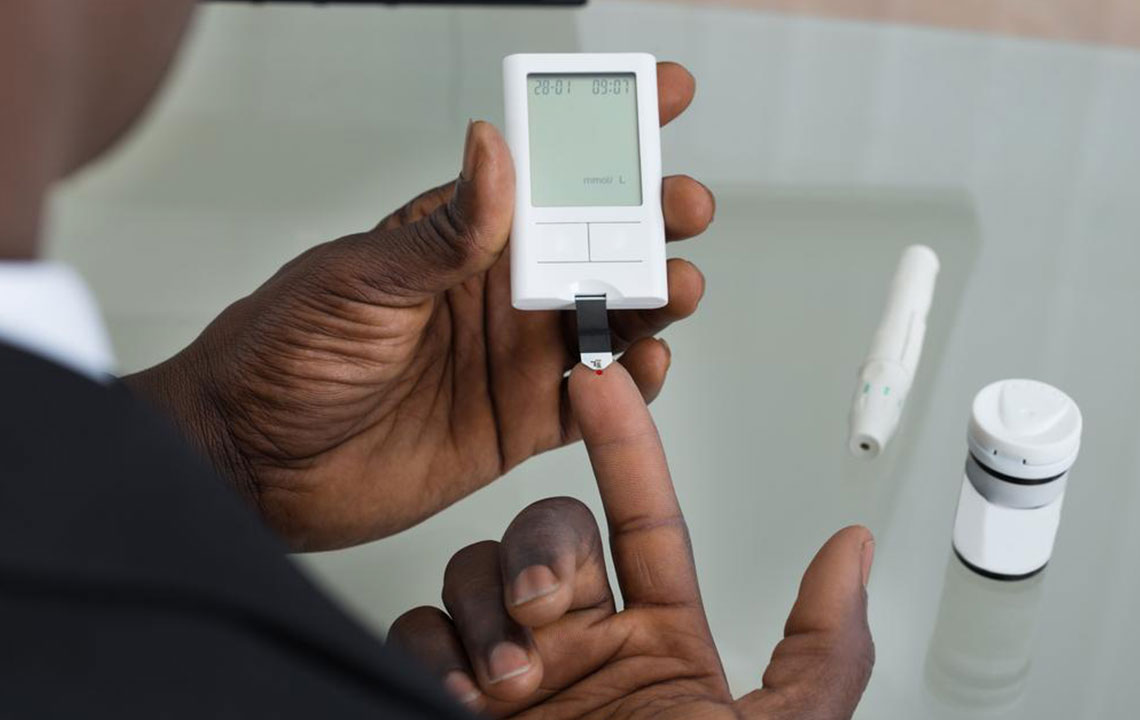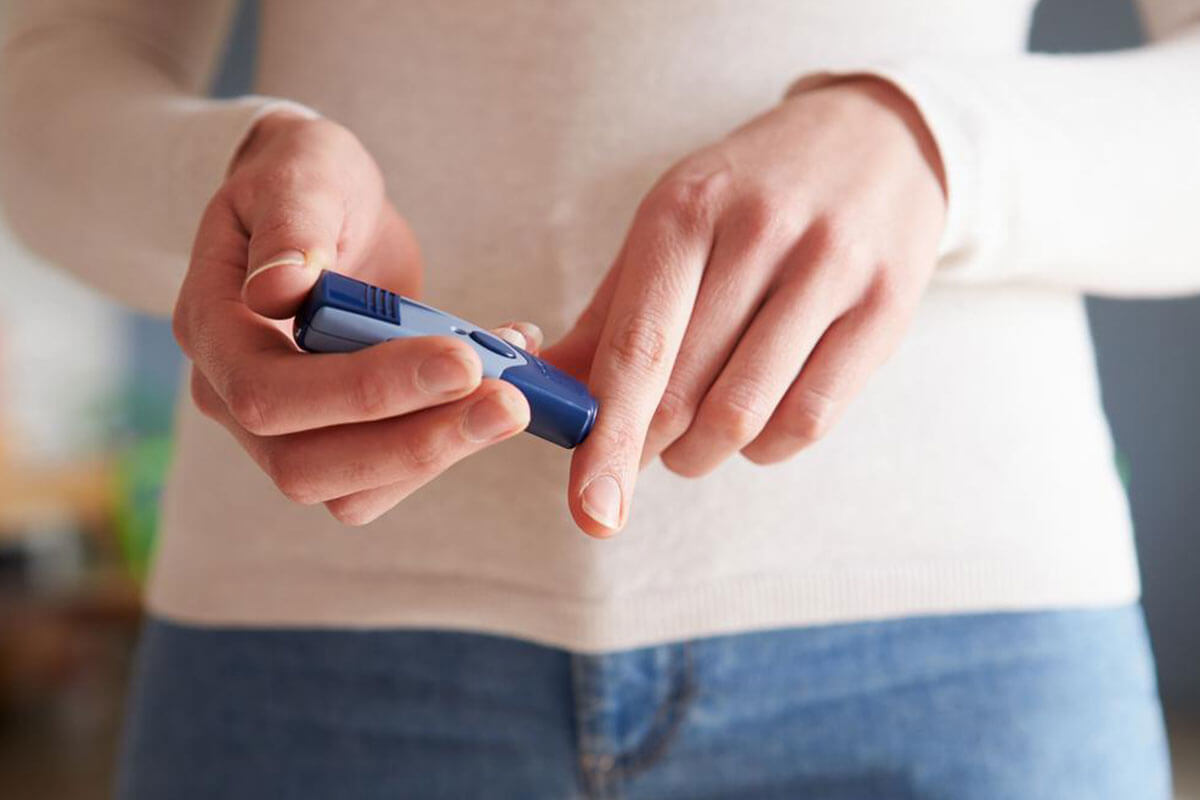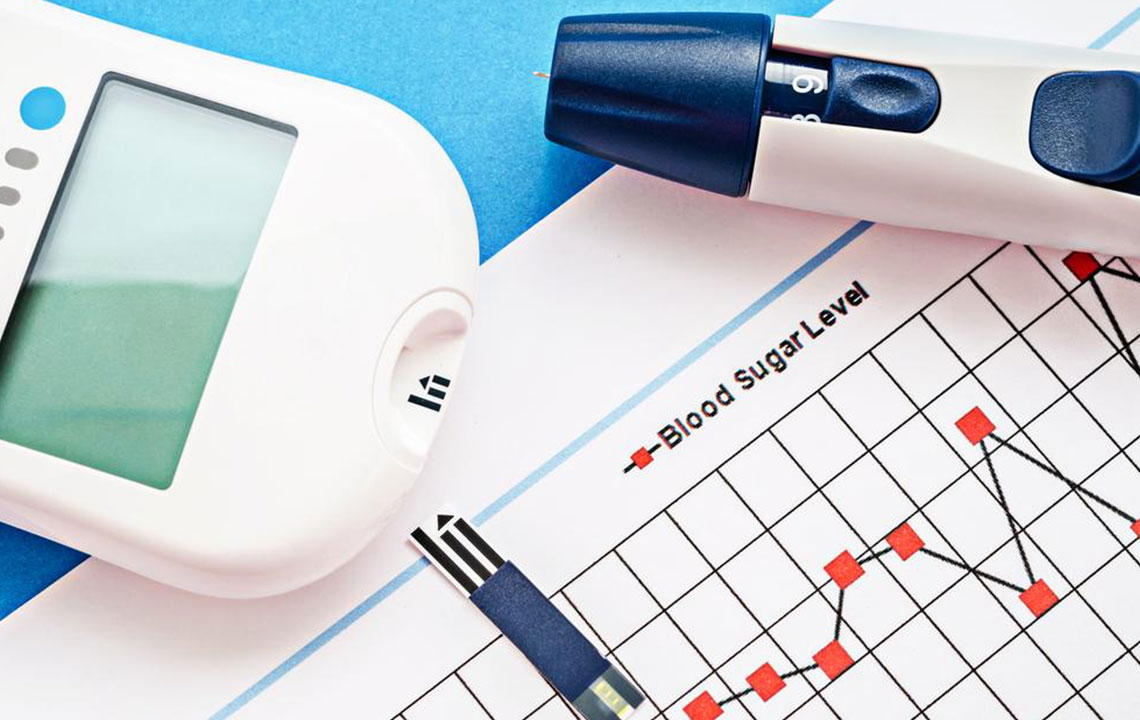Comprehensive Guide to Choosing the Best Blood Glucose Monitoring Device for Effective Diabetes Management
Discover essential tips for selecting the perfect blood glucose monitoring device to improve diabetes management. From accuracy and ease of use to portability and advanced features, this comprehensive guide helps you choose a device that fits your lifestyle and medical needs, ensuring reliable readings for better health control.

Comprehensive Guide to Selecting the Most Suitable Blood Glucose Monitoring Device
Managing diabetes effectively hinges on consistent and accurate blood glucose monitoring. With advancements in medical technology, there are now numerous glucose monitoring devices available, each with unique features designed to cater to different needs. Selecting the most appropriate device is an essential step in controlling blood sugar levels, preventing complications such as hypoglycemia and hyperglycemia, and maintaining overall health. This extensive guide aims to provide detailed insights into what factors to consider when choosing a blood glucose meter, ensuring that you can make an informed decision that aligns with your medical needs, lifestyle, and preferences.
Blood sugar monitoring is a cornerstone of diabetes management, impacting treatment decisions and overall health outcomes. Selecting the right glucose monitoring device involves understanding multiple key factors such as accuracy, usability, portability, and feature set. Reliable accuracy in readings ensures safe medication adjustments and better health management. Ease of use facilitates consistent testing, while portability benefits those who need to monitor on the go. Additional features like multi-site testing, extensive memory storage, quick results, and minimal blood sample requirement significantly enhance user experience. It’s recommended to consult with your healthcare provider when choosing a device to ensure it matches your specific health requirements and lifestyle needs. Properly selected monitoring tools empower individuals with diabetes to take control of their health and reduce the risk of complications.
Understanding the core aspects of blood glucose meters helps in making an informed choice. These devices are available in various forms, from simple manual meters to advanced digital models integrated with smartphone applications. Features like multiple site testing options allow users to measure blood glucose levels from different parts of the body, which can help minimize discomfort and improve convenience. Additionally, many modern meters offer large memory capacity to store past readings, making it easier to track trends over time. Speed of results is another critical factor—rapid readings allow for timely adjustments and better management. Blood sample size requirements also vary; selecting a device that requires less blood can significantly reduce discomfort, especially for children or individuals with sensitive skin. Accurate calibration and regular testing with control solutions or lab comparisons are vital for maintaining reliability. Overall, choosing the right blood glucose device involves balancing accuracy, ease of use, feature set, and cost, tailored to individual needs and lifestyles.





